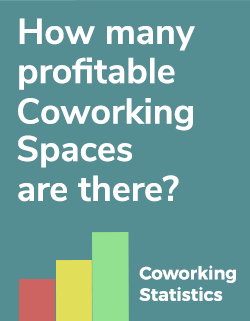A guest post by
In order to construct this framework, I considered the common needs of all users of shared workspace: cafés with WiFi, shared offices, third spaces, fablabs, etc. I wanted to remain as open as possible and so expressly avoided attaching importance to any need in particular.
I remarked however that, amongst the numerous needs that coworking spaces could fulfil, they all fell into one of two broad groups. There were firstly those which were of a purely practical nature: easy access to one’s space, adequate shared infrastructure, access to a larger network of potential partners...
And there are also needs which relate to the general environment of the workplace: expanding and enriching social and business circles, working in an environment that stimulates creativity, to have access to a quiet space conducive to concentration...
To conceive this framework, I used the Harvard Business Review as my basis, which establishes the characteristics of a collaborative workspace. I also examined the precious studies conducted by Deskmag, while making constant reference to the ‘Coworking Values’ and the Maslow Pyramid.
Finally, during the Coworking Weekend organized by a number of active members of the French coworking community, I took part in a workshop discussing architectural considerations for shared workspaces. I benefited greatly from presenting my framework to Francesco Cingolani, mutineer architect specializing in parametric architecture, and great connoisseur of collaborative spaces. He provided much support and advice which deepened and enriched my work. (Thank you Francesco!)
All these sources of inspiration came together to create a visual that joins six axes: accessibility, shared means, shared energies, proximity, permission, and privacy. These axes allow us to position a space (or future space) in a very large universe of needs that are potentially fulfilled by third spaces and shared workspace.
The next part of the article explains and explores each element of the framework. It provides several key elements to develop each axis. I also drafted a series of questions allowing the creation of a graph relative to a (future) space. I stress that, like all ‘evaluation systems’, this image reflects one aspect of the bigger picture. It aims to shed light on reflections, but is in no way a judging mechanism:
1/ Accessibility & 2/ Pooling of resources 3/ Shared energies & 4/ Proximity 5/ Permission & 6/ Privacy











